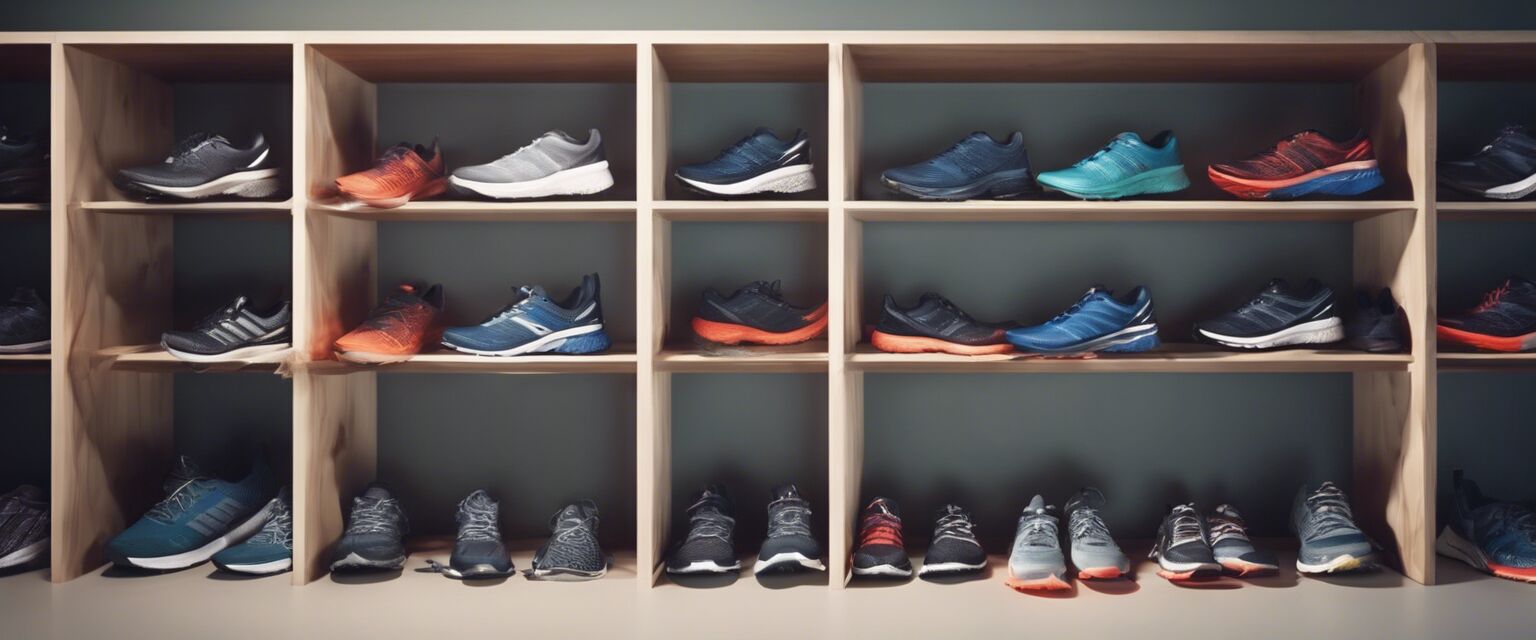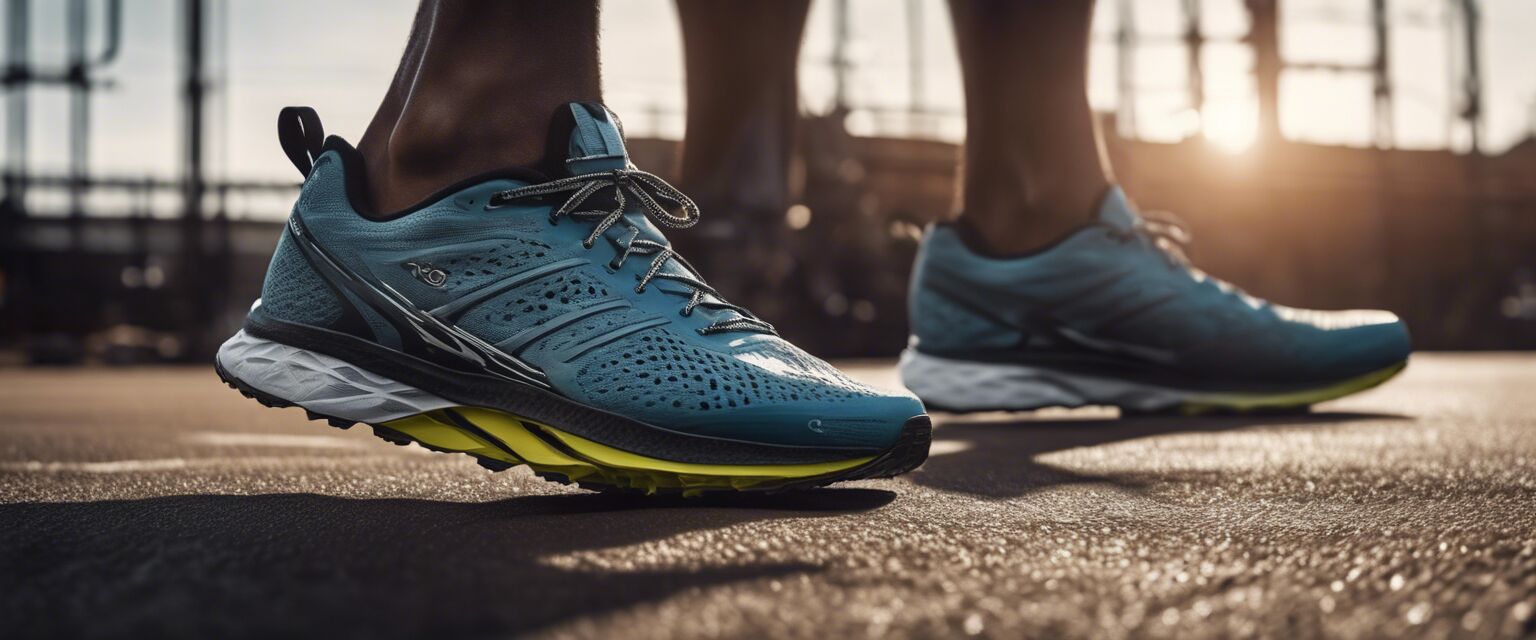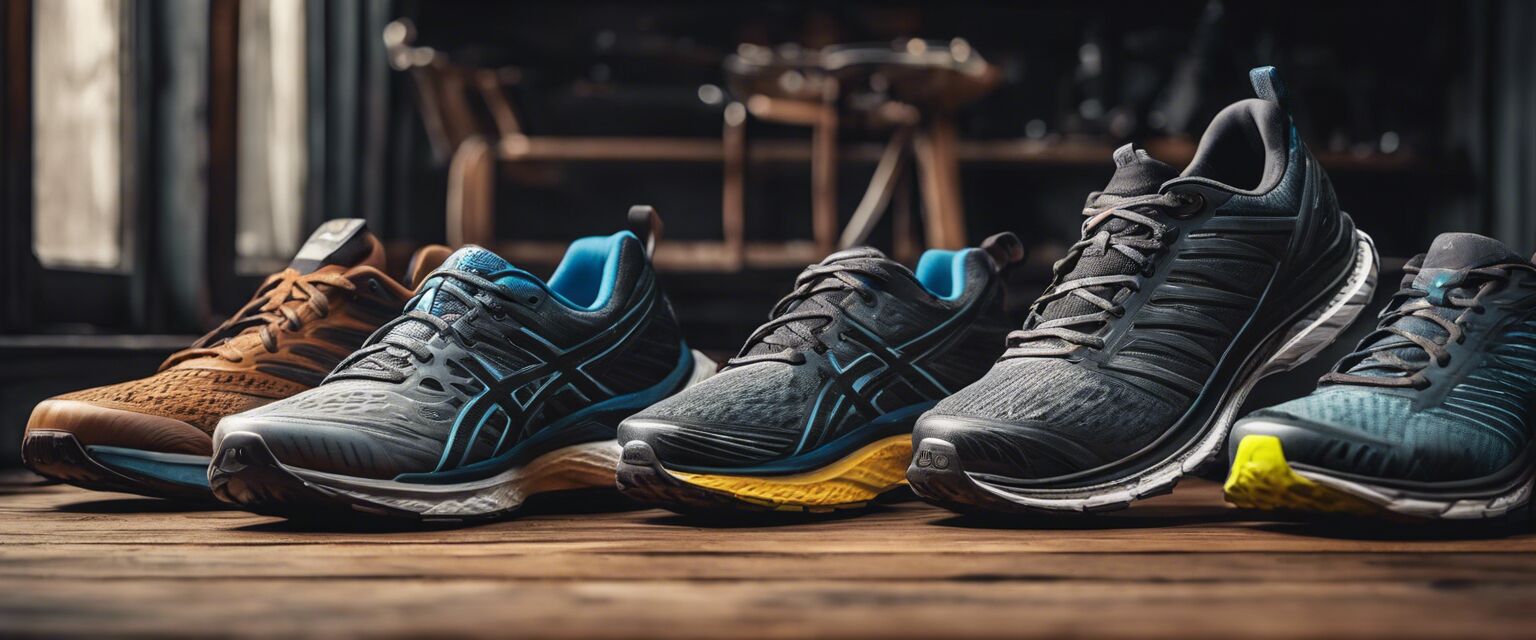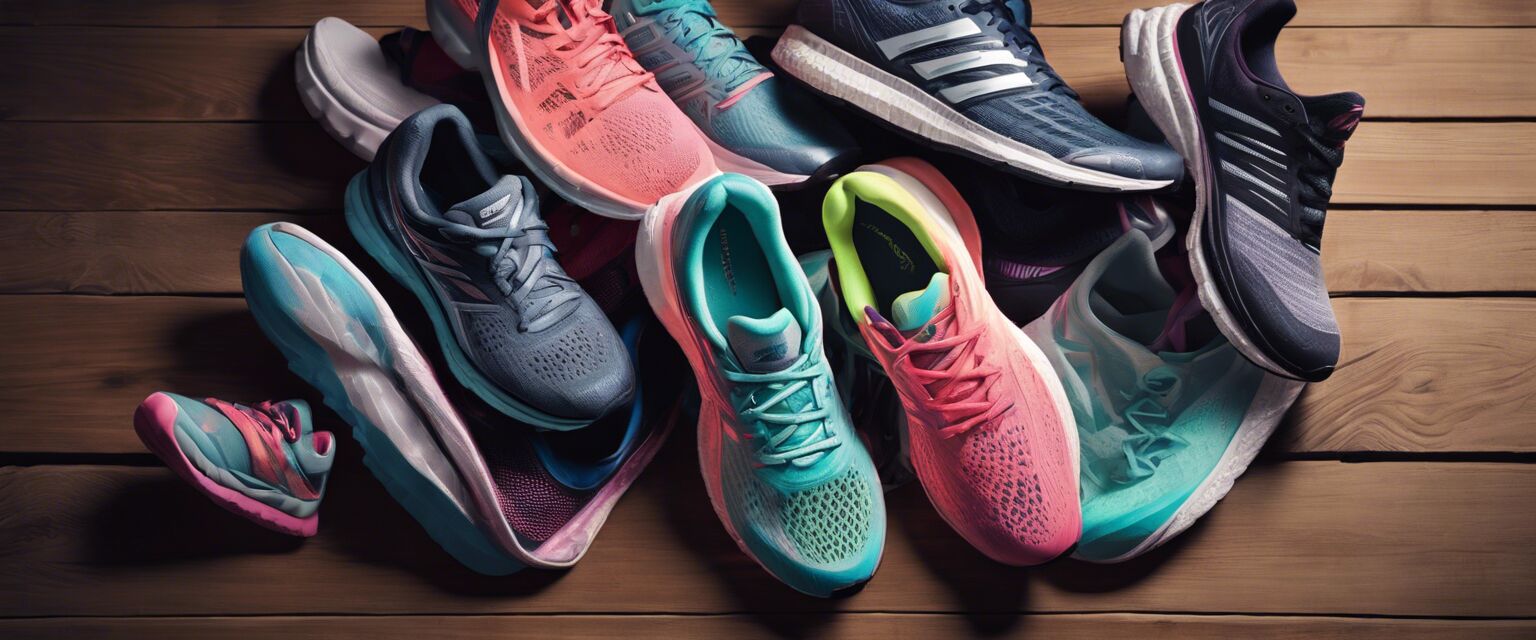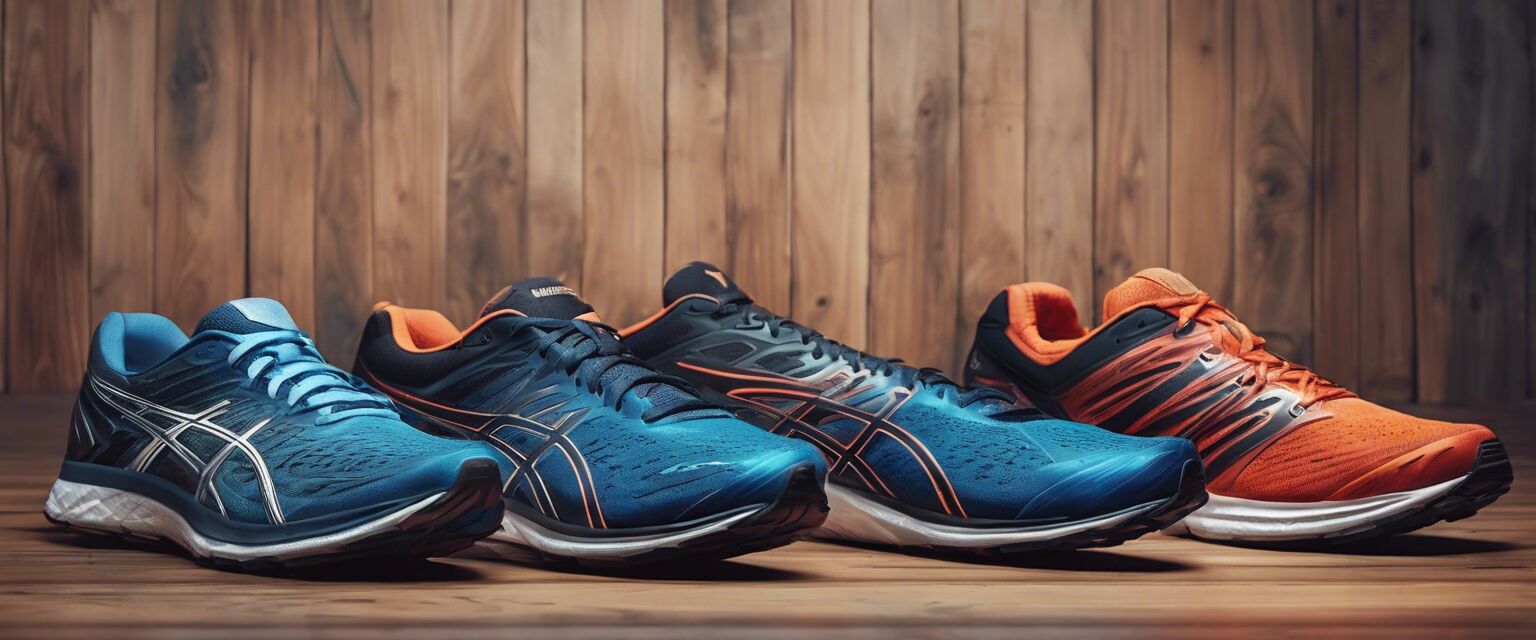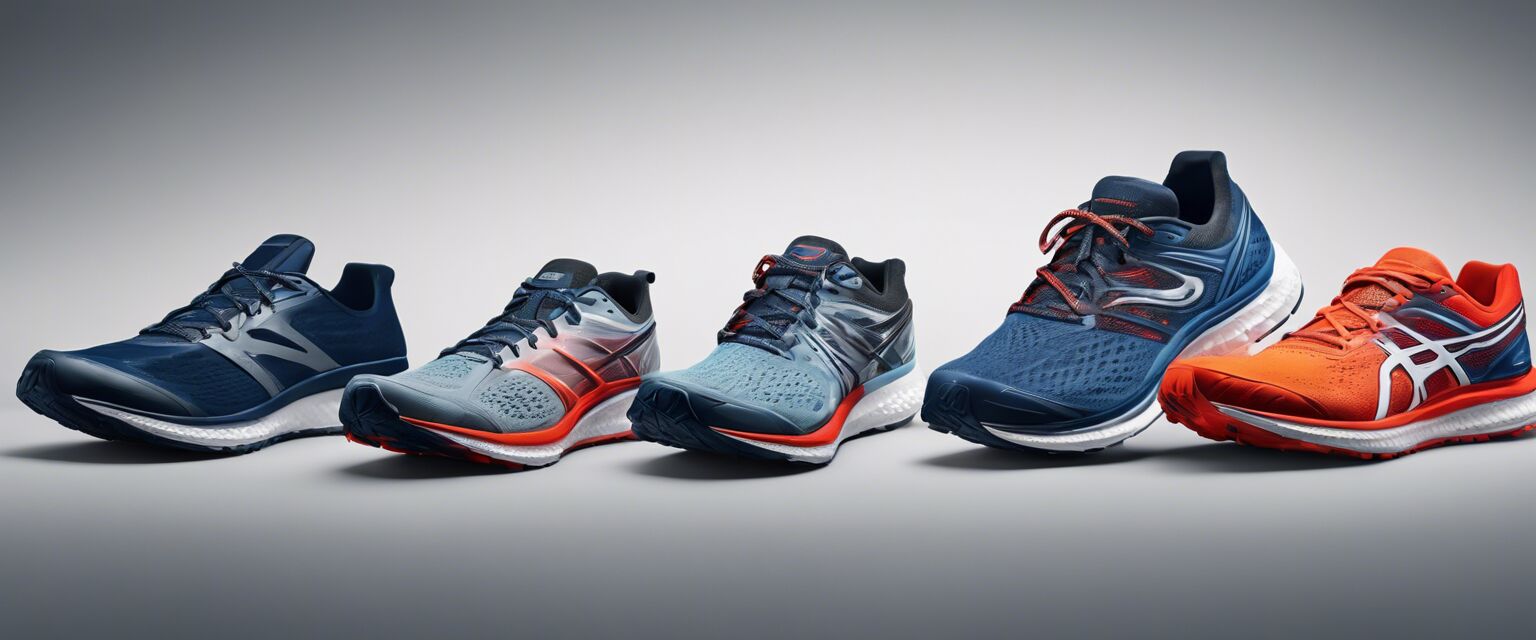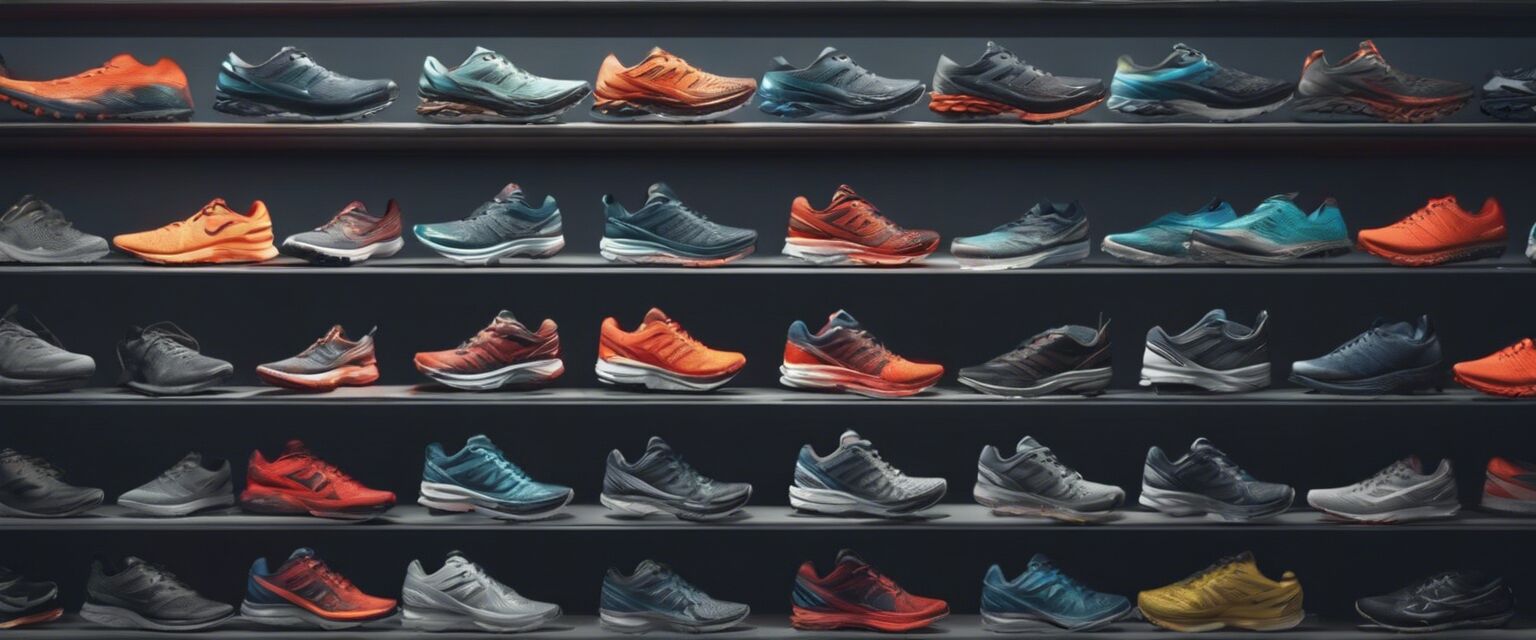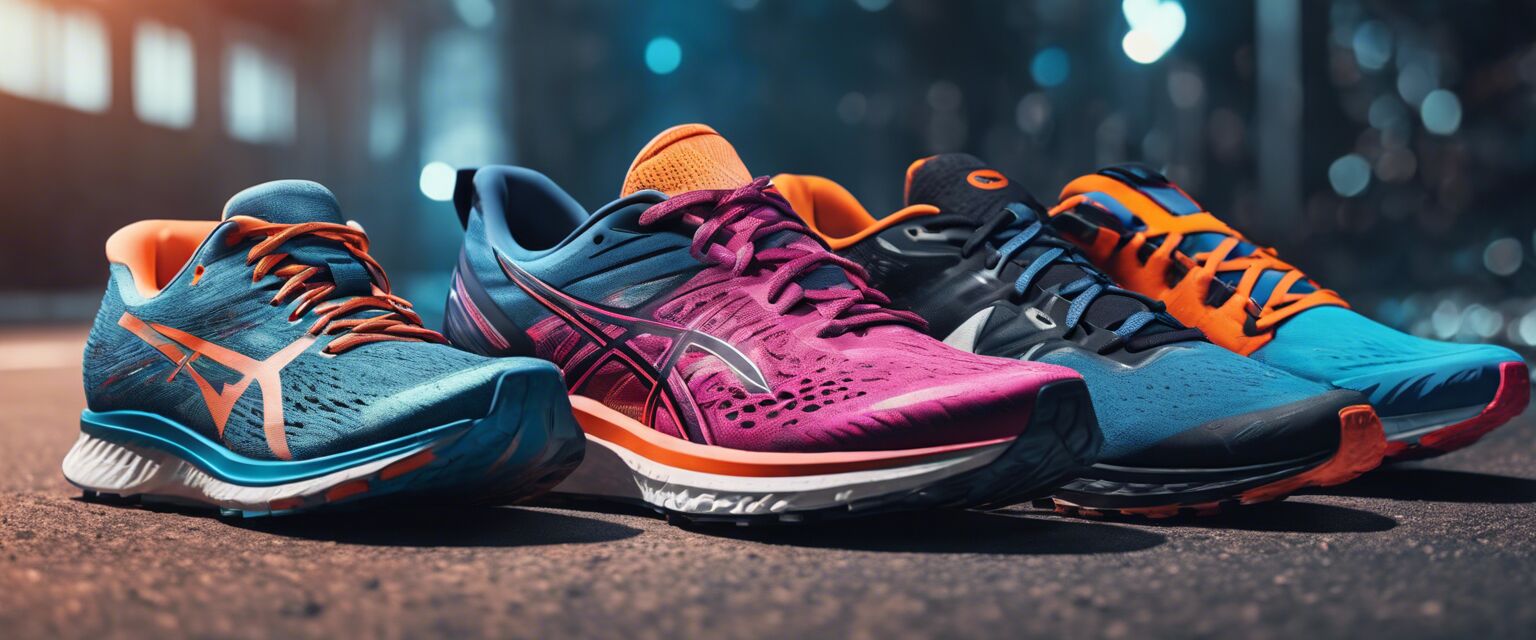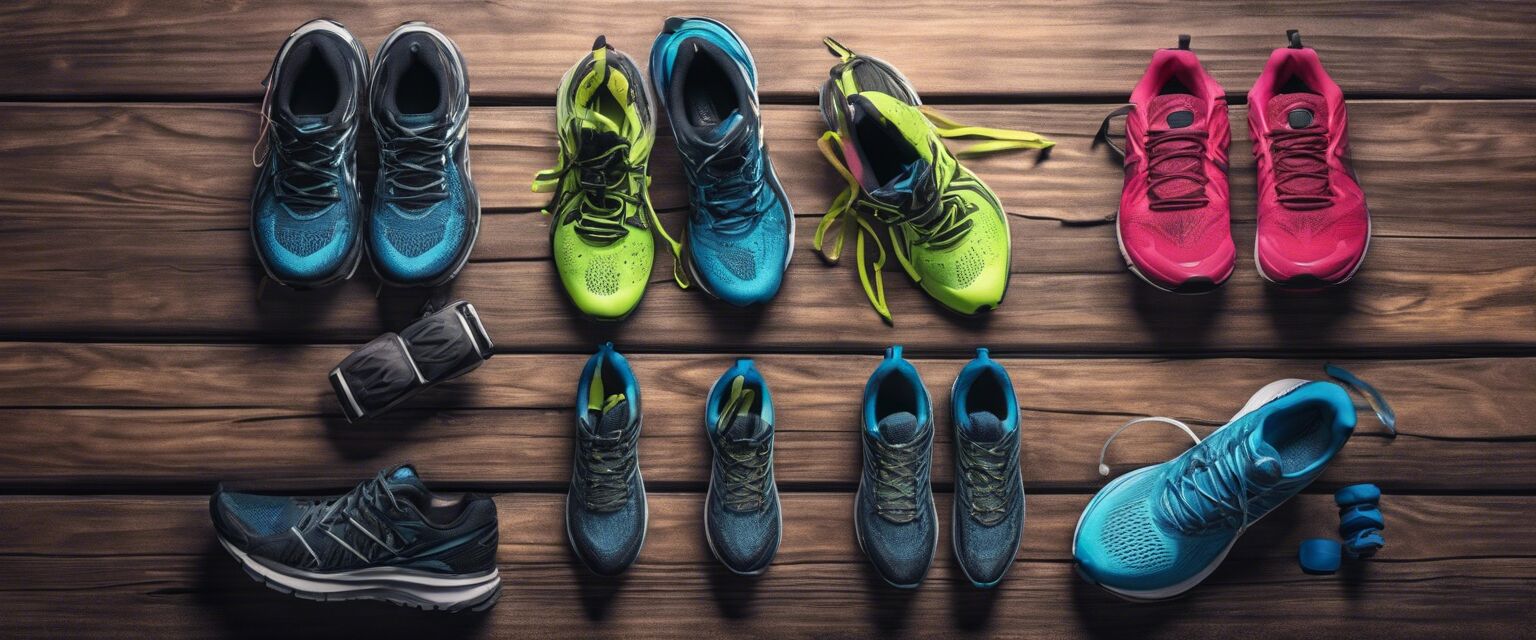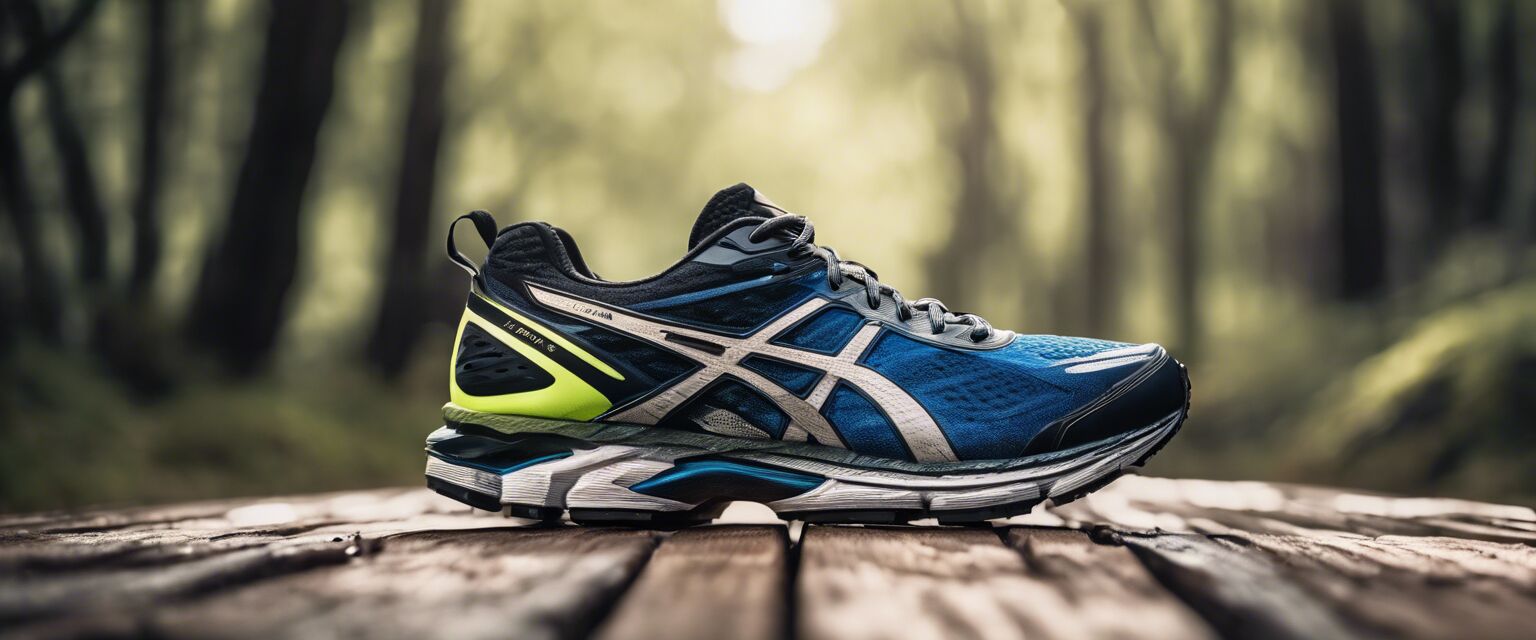
Marathon Running Shoes
Key Takeaways
- Choosing the right shoes can enhance your performance and comfort during marathon training.
- Key features include cushioning, weight, and fit tailored to your foot type.
- Proper shoe selection can help prevent injuries and improve your running experience.
- Consider specialized categories such as cushioned running shoes and lightweight running shoes.
When it comes to running a marathon, selecting the right pair of shoes is crucial. Whether youâre training or preparing for race day, the right shoes can make all the difference in your performance and comfort. This article will delve into the best practices for choosing marathon running shoes, including features to look for, types of shoes available, and tips to ensure you make the right choice.
Why Marathon Running Shoes Matter
Running a marathon is no small feat. Your choice of footwear can affect your overall performance, endurance, and even your health. Hereâs why investing in a good pair of marathon running shoes is essential:
- Performance: Proper shoes can enhance your speed and efficiency.
- Comfort: Well-fitted shoes reduce blisters and discomfort.
- Injury Prevention: The right support can help prevent common running injuries.
Key Features to Look for in Marathon Running Shoes
Here are some critical features to consider when selecting your marathon running shoes:
| Feature | Description |
|---|---|
| Cushioning | Look for shoes with adequate cushioning to absorb impact during long runs. |
| Weight | Lightweight shoes can help improve your speed and reduce fatigue. |
| Fit | Ensure the shoes fit well; too tight or too loose can cause issues. |
| Support | Choose shoes that provide the right amount of support for your foot type. |
| Durability | Durable materials will withstand the rigors of marathon training. |
Types of Marathon Running Shoes
Understanding the different types of running shoes can help you make an informed decision:
- Cushioned Running Shoes: Ideal for runners who prefer a softer feel underfoot.
- Lightweight Running Shoes: Best for speedsters looking to improve their race times.
- Minimalist Running Shoes: Focused on a natural running experience with less cushioning.
- Road Running Shoes: Designed for pavement and smooth surfaces.
- Trail Running Shoes: Built for off-road conditions and uneven surfaces.
How to Choose the Right Marathon Running Shoes
Follow these steps to find the best marathon running shoes for you:
- Understand Your Foot Type: Identify whether you have a neutral, overpronated, or underpronated foot.
- Test Fit: Always try shoes on and walk or jog to test comfort.
- Check the Cushioning: Make sure the cushioning feels right for your running style.
- Consult with Experts: Get advice from running store professionals for tailored recommendations.
- Read Reviews: Look for feedback on durability and comfort from other marathon runners.
Common Mistakes When Buying Marathon Running Shoes
Avoid these common pitfalls when selecting your marathon running shoes:
- Not trying shoes on with the socks you plan to wear.
- Choosing style over comfort and fit.
- Not replacing worn-out shoes in time.
- Ignoring your unique running biomechanics.
Maintaining Your Marathon Running Shoes
To ensure your shoes last as long as possible, follow these maintenance tips:
- Clean your shoes regularly to remove dirt and mud.
- Allow shoes to air out after runs to prevent odors.
- Store them in a cool, dry place away from direct sunlight.
- Replace them every 300-500 miles depending on wear.
Conclusion
Choosing the right marathon running shoes is essential for any serious runner. By understanding your foot type, considering the key features, and avoiding common mistakes, you can find the perfect pair to support your training and improve your race performance. For more information on different types of running shoes, check out our sections on stability running shoes and trail running shoes.
Pros
- Enhanced comfort and support during long runs.
- Reduced risk of injury with the right footwear.
- Improved performance and speed with lightweight options.
- Variety of styles to fit individual preferences.
Cons
- Quality marathon shoes can be expensive.
- Finding the perfect fit may take time and effort.
- Regular replacements are necessary to maintain performance.
FAQs
How often should I replace my marathon running shoes?
Typically, running shoes should be replaced every 300-500 miles, depending on the shoe type and your running style.
Can I use the same shoes for training and racing?
While you can, itâs often best to have a dedicated pair of shoes for racing to ensure optimal performance.
What is the difference between road and trail running shoes?
Road running shoes are designed for pavement, while trail running shoes have features to provide traction on uneven surfaces.
Additional Resources
For more insights into other types of running shoes, consider visiting our pages on cushioned running shoes and minimalist running shoes.
Image References
